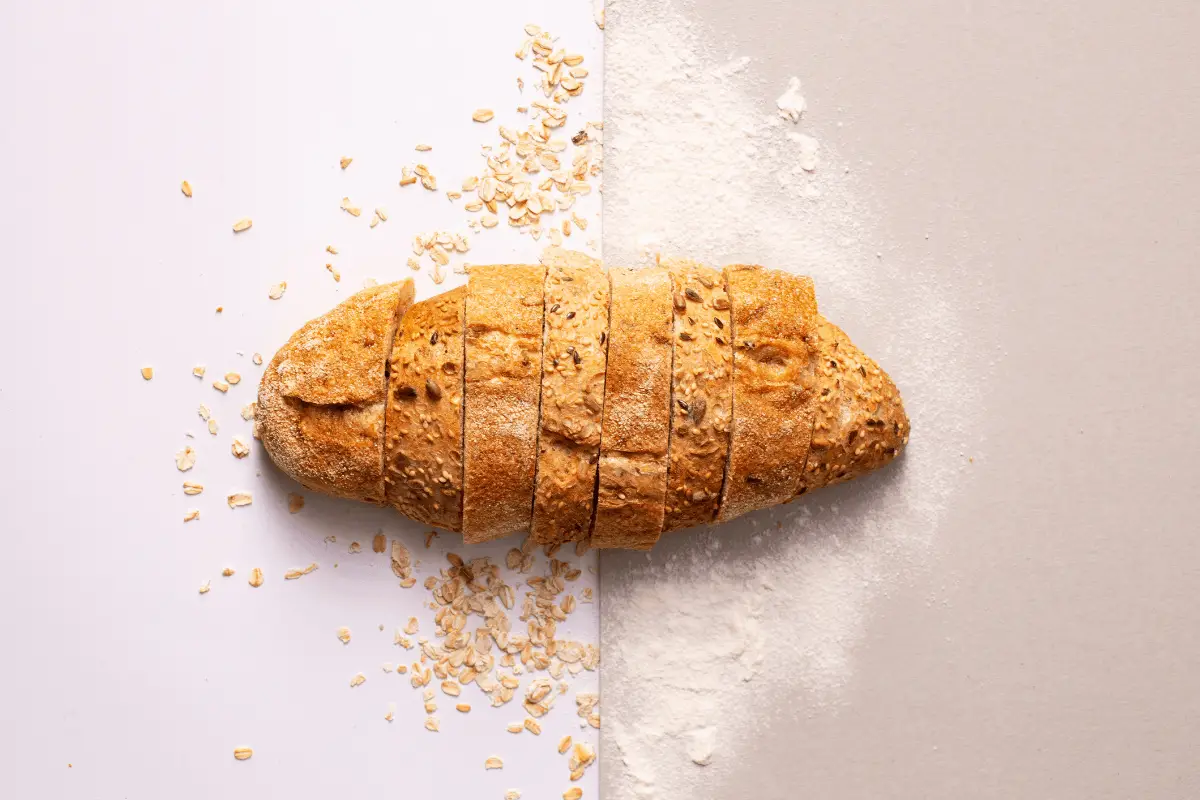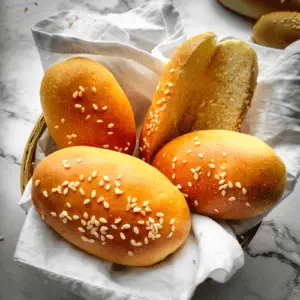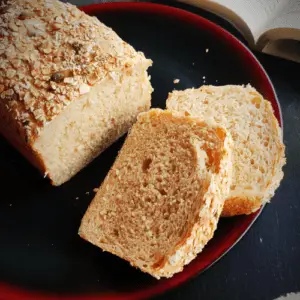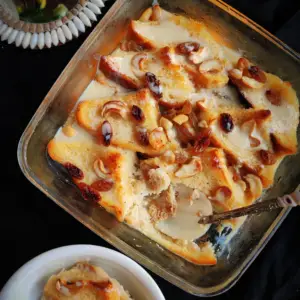Welcome back to your favorite desserts and baking blog:)
In this post, “How to Avoid Over-Proofing Bread?” we’ll cover everything you need to know, including the consequences of over-proof, how to identify over-proofed dough, the taste of over-proofed bread, fixing over-proofed dough, prevention strategies, and whether or not it’s safe to eat. If you’ve ever ended up with over-proofed bread and want to prevent it from happening again, you’re in the right place.
What Happens if you over-proof bread?
When you proof the bread dough, the yeast reacts with the sugars to create alcohol and carbon dioxide. However, if you do not stop this reaction by baking the bread at the right time, the yeast will continue creating carbon dioxide, creating undesirable changes in the bread dough.
How do you tell if the dough is over-proofed?
Watch out for these signs to tell if the bread dough is over-proofed.
- When you poke the dough with your finger to check its proofing, it will create a dent in the dough, and it will not come back up.
- The dough will start smelling like alcohol due to the excess alcohol production in the dough.
- The dough will start deflating as the gluten has been stretched to the maximum and is now tearing due to the build-up of pressure inside due to the excess carbon dioxide production.
Read this post to know if your bread is proofed perfectly.
What Does Over-proofed Bread Taste Like?
Over-proofed bread has a unique taste often described as sour and may not be everyone’s cup of tea. The excessive fermentation resulting from prolonged proofing leads to intensified alcohol production by the yeast. This increased alcohol content imparts a strong and distinct flavor to the bread. The taste can resemble a sour or tangy note, akin to the flavor profile of fermented beverages. The bread may lack the balanced and pleasant taste of properly proofed dough. Most individuals do not prefer the flavor of over-proofed bread, as it deviates significantly from the desired taste profile of fresh and well-risen bread.
How do you fix the over-proofed dough?
To fix over-proofed dough, degas it or punch it to take the excess air out. Shape the dough into the desired shape and let it proof again. However, it will take less time to proof as it was already done proofing. Now, bake it as per your recipe. However, you will not get that perfect bread, but it won’t be a failure. This way, no ingredients are wasted.
How to Avoid Over-proofing Bread?
To make sure your dough doesn’t get over-proofed, here are some friendly tips to follow.
Firstly, it’s essential to keep a close eye on the dough while it’s proofing, especially if it’s in a warmer environment. Check on it regularly to ensure it doesn’t go past the level of proofing you’re aiming for. Adjust the proofing time based on the temperature around you.
Secondly, pay attention to the dough’s rise and expansion. Look out for signs of over-proofing, such as a dent that doesn’t bounce back when poked or a strong alcohol smell.
Lastly, it’s essential to handle and shape the dough properly before proofing, so practice good techniques.
Can I eat over-proofed bread?
Of course! You can still eat bread that has been over-proofed, but it might be less delicious in terms of taste and texture. Over-proofed bread tends to have a sour flavor due to the excessive production of alcohol by the yeast. The texture might be dense and compact, lacking the light and airy quality of properly proofed bread. However, if the bread isn’t significantly over-proofed, it’s safe to consume. It’s a good idea to avoid consuming bread that has been excessively over-proofed because it might have a significantly compromised taste and texture.
What does over-proofed bread look like?
When bread is over-proofed, it can be easy to see. At first, it might look excellent and extensive, like a great loaf. But when you take a closer look or touch it, you’ll notice that it doesn’t have the same bounce and strength as bread-proofed just right. If you touch it, it might even deflate a little bit and lose its shape. This can make the bread more dense and smaller than it should be. You might also see little wrinkles or cracks on the surface, which are signs that it’s been over-proofed.
Popular bread recipes:
[CLICK ON THE IMAGE FOR THE RECIPE]

FOUND IT HELPFUL?
Tag @alishasdessertsafari on Instagram and hashtag it #alishasdessertsafari
Don’t forget to Subscribe to get new recipes every week because you will love them!
Follow me on social media for more BTS, baking tips, launches, and daily updates.
I hope you found my post “How to Avoid Over Proofing Bread?” helpful. If you have any queries, feel free to post them in the comments below.
Thank You.







1 thought on “How to Avoid Over-Proofing Bread?”